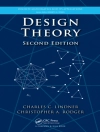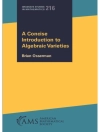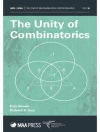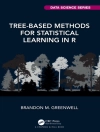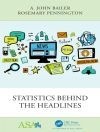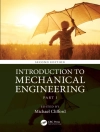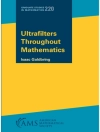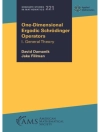To some extent, it would be accurate to summarize the contents of this book as an intolerably protracted description of what happens when either one raises a transition probability matrix P (i. e. , all entries (P) j are n- negative and each row of P sums to 1) to higher and higher powers or one exponentiates R(P – I), where R is a diagonal matrix with non-negative entries. Indeed, when it comes right down to it, that is all that is done in this book. However, I, and others of my ilk, would take offense at such a dismissive characterization of the theory of Markov chains and processes with values in a countable state space, and a primary goal of mine in writing this book was to convince its readers that our offense would be warranted. The reason why I, and others of my persuasion, refuse to consider the theory here as no more than a subset of matrix theory is that to do so is to ignore the pervasive role that probability plays throughout. Namely, probability theory provides a model which both motivates and provides a context for what we are doing with these matrices. To wit, even the term "transition probability matrix" lends meaning to an otherwise rather peculiar set of hypotheses to make about a matrix.
Daniel W. Stroock
Introduction to Markov Processes [PDF ebook]
Introduction to Markov Processes [PDF ebook]
Compre este e-book e ganhe mais 1 GRÁTIS!
Língua Inglês ● Formato PDF ● ISBN 9783540269908 ● Editora Springer Berlin Heidelberg ● Publicado 2005 ● Carregável 6 vezes ● Moeda EUR ● ID 6375691 ● Proteção contra cópia Adobe DRM
Requer um leitor de ebook capaz de DRM


